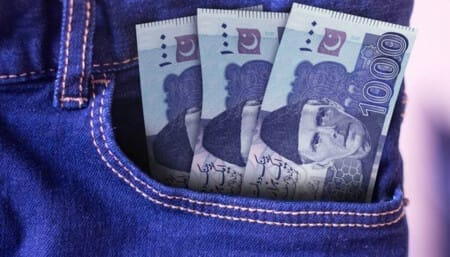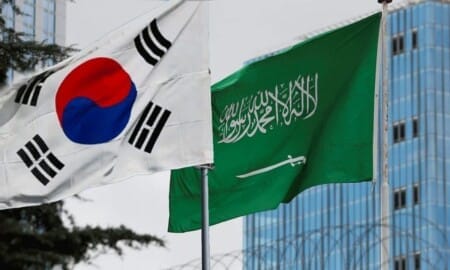In a decisive move amidst an economic panorama marked by inflationary pressures and external account improvements, the Monetary Policy Committee of the State Bank of Pakistan has opted to hold the benchmark interest rate steady at 22%. This resolution, articulated by SBP Governor Jameel Ahmad, mirrors the committee’s effort to navigate the delicate balance between supporting growth and maintaining price stability in the face of mounting inflation, now expected to breach prior forecasts and hit a range of 23-25% for fiscal year 2023-24.
Despite challenging headwinds and a substantial $6.2 billion in outgoing payments, Pakistan’s foreign exchange reserves have witnessed a welcome uptick, with the current account deficit constricting—a glimmer of relief in an otherwise tight economic scenario. Governor Ahmad underscores that while business confidence shows signs of recovery, and a modest economic growth of 2-3% for the current fiscal year is within reach, prevailing risks require vigilant monitoring to ensure macroeconomic stability.
Read: SBP Reserves Hits 6-Month High at $8.27bn
Market experts, having predicted such a stance by the MPC, point to the stubbornly high inflation rates that have precluded a more accommodating monetary policy. Yet, amidst these expert views, there was a spectrum of expectations. Some forecasted a status quo, while others, like CEO Shahid Ali Habib of Arif Habib Limited, advocated for an immediate monetary easing, suggesting a gradual rate reduction in the coming months based on projected inflation trends.
The current policy posture appears to be walking a tightrope—the committee is aligned with the IMF’s expectations, ready to pivot if inflation expectations begin a sustained downward trajectory. This is evidenced by the MPC’s readiness to adjust the policy rate as part of their agreement with the IMF, which demands a vigilant response to inflationary trends.
The economic indicators are a mixed bag: a marginal appreciation of the rupee, fluctuating global oil prices, and a CPI that nudges higher yet. Complicating matters further, Pakistan has managed to post a current account surplus for December 2023—a turnabout from the deficit in November—a sign of potential stabilization.
Reserve levels reflect a similar story, bolstered by recent inflows from the IMF, providing a buffer to the country’s economic vulnerabilities. The release of the IMF’s second tranche under the Stand-By Arrangement has been a critical support pillar for the reserves.
The interest rates landscape too echoes this cautious optimism, with a noticeable decline in the interest rates on short-term government papers and a dip in the Karachi Interbank Offered Rate from September 2023 highs.
In sum, the SBP is on a watchful course, with the MPC’s rate decision reflecting a broader strategic effort to safeguard the economy from inflationary spirals while fostering conditions conducive to sustainable growth.
Trends: #PakistanEconomy #SBP #MonetaryPolicy #Inflation #CurrentAccount












